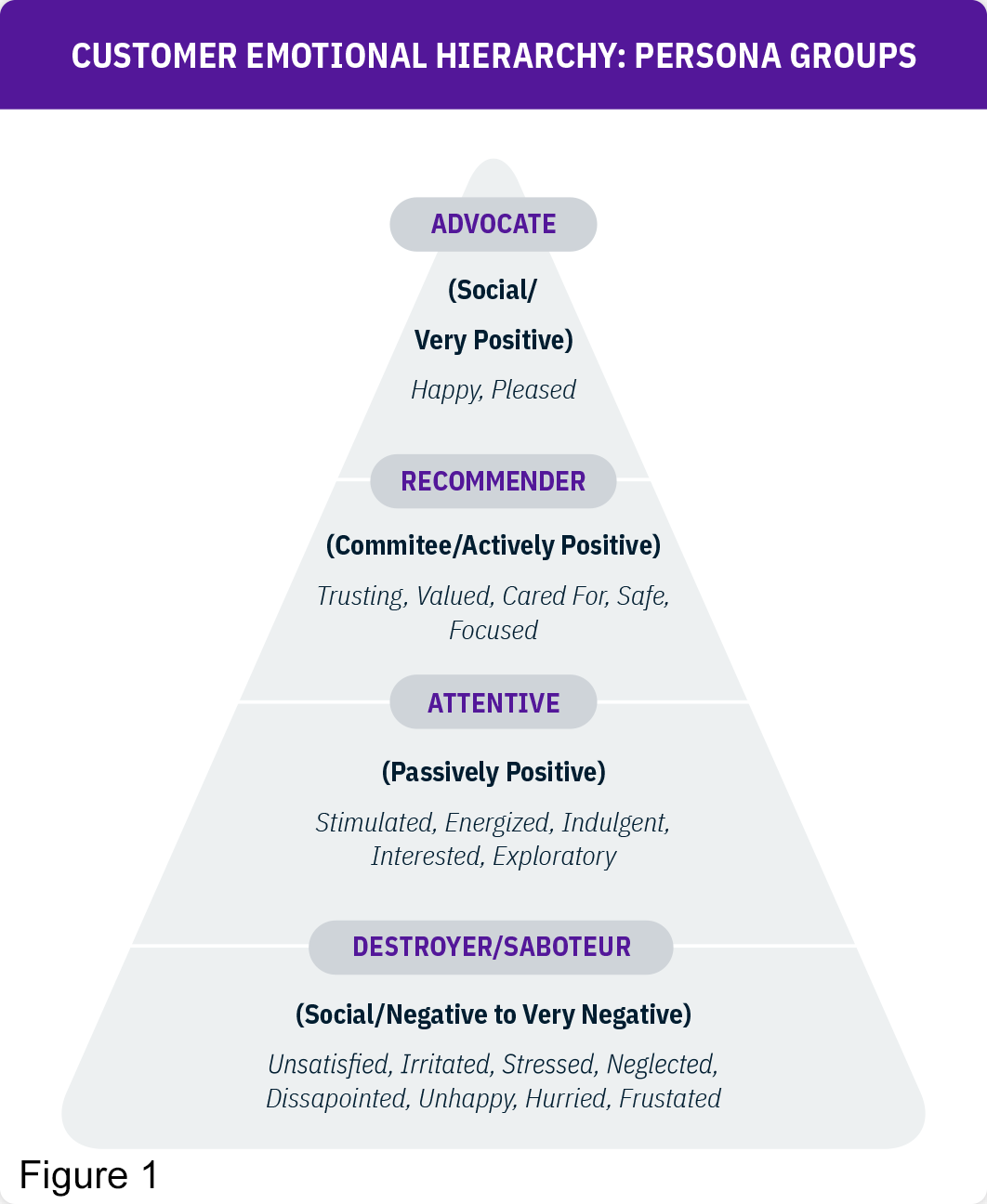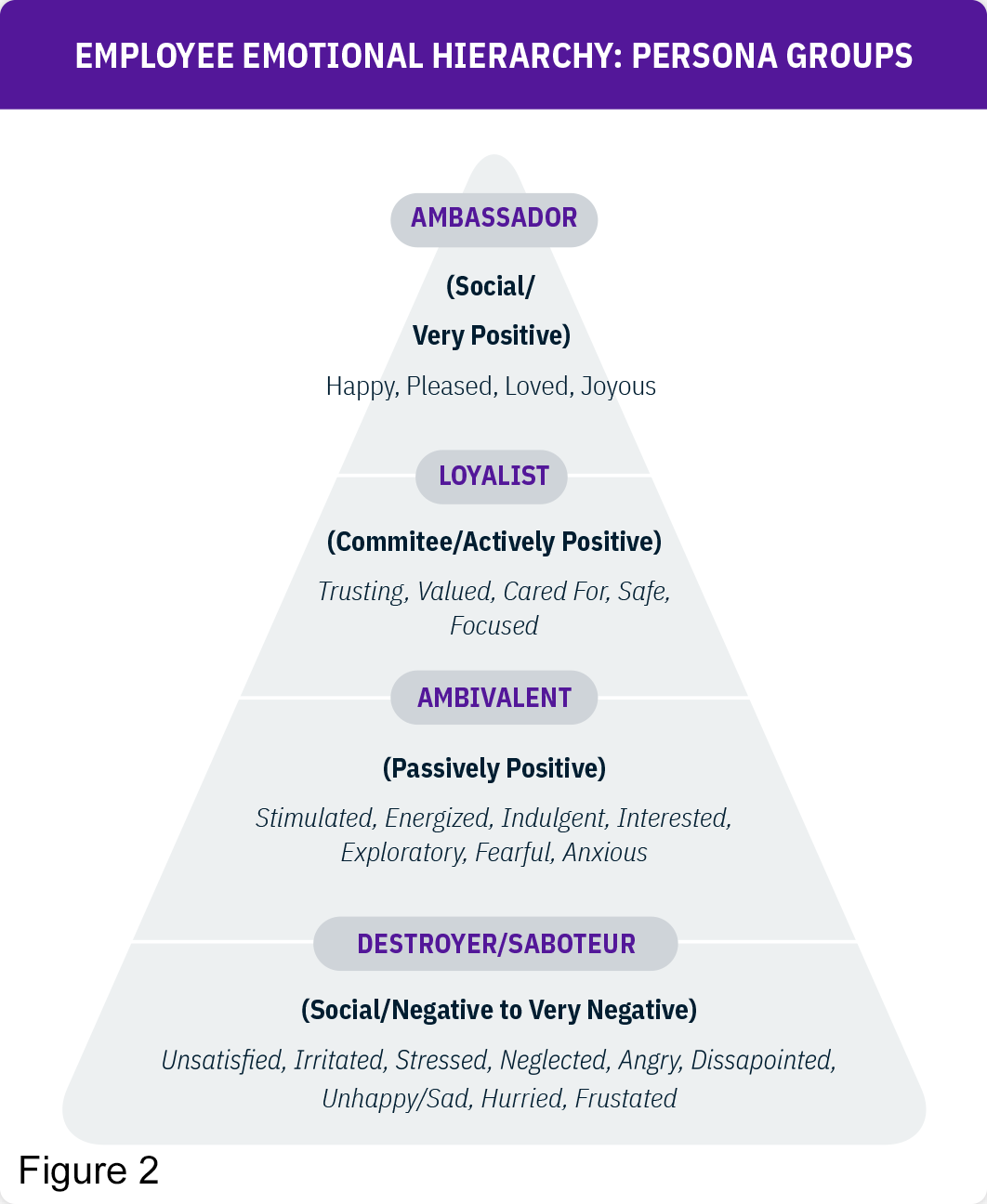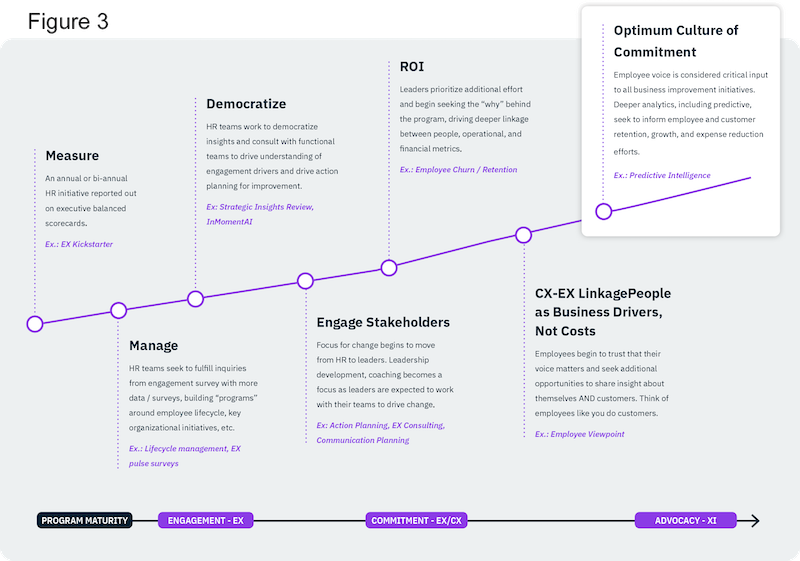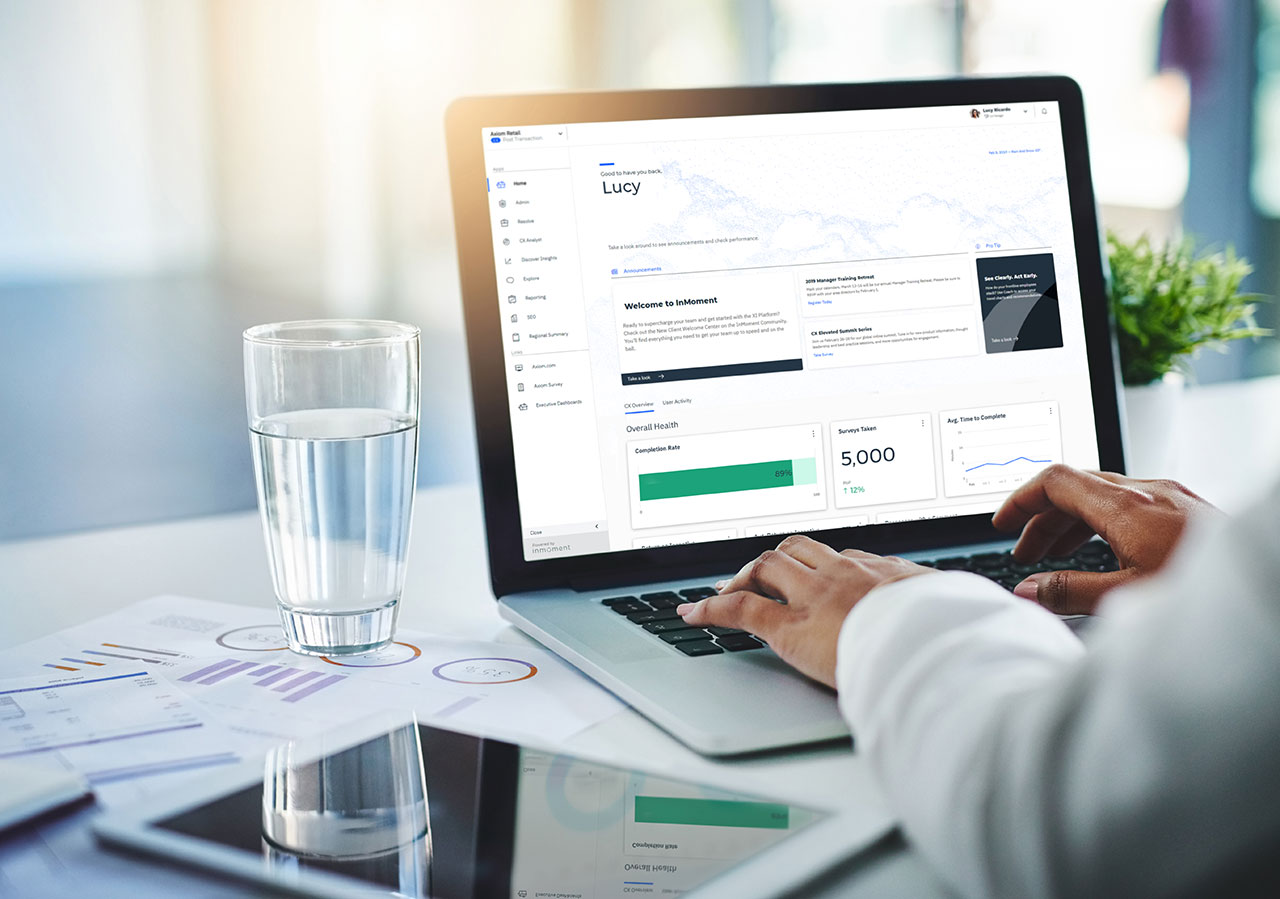There is so much more to communication than just the words we say. Take sarcasm, for instance. Sarcastic comments often rely heavily on irony, conveying the opposite meaning from the one being directly expressed. But this irony is hard to convey without the added benefit of voice inflection and bodily cues (which is why it can be so problematic when someone tries to be sarcastic in a text message or email).
At the same time, non-verbal cues may even go so far as to reveal deeper meaning even beyond what a person intends to express—lack of eye contact during a conversation may indicate that one is uncomfortable with the situation while leaning forward can mean that they are actively engaged and paying attention. In fact, studies suggest that as much as 90% of communication is non-verbal. And while there’s some debate over the accuracy of that number, no one can deny that there’s more in what we say than is carried in the words we speak (or type).
This can create real problems for your business. Given that most customer feedback is text-based (such as emails, social media posts, surveys, in-app feedback, SMS, live chat, etc.), it can be extremely difficult to discern the actual meaning behind the words. To keep up with expectations and provide a positive customer experience, companies in all industries need a more accurate way to understand and categorize their customer feedback. This is where sentiment analysis comes into play.
What Is Sentiment Analysis?
Sentiment analysis is a term that describes the tools and strategies designed to help organizations extract unspoken meaning and emotion from text. By using sentiment analysis to contextually mine written communication for subjective information, your business can gain a greater understanding of how your customers view your brand, services, products, and more.
At its most basic, sentiment analysis can, with reasonable accuracy, determine whether written or spoken feedback should be classified as favorable, unfavorable, or neutral, and how intensely that sentiment is being expressed.
To make this possible, sentiment analysis is generally supported by sentiment scoring (also called polarity analysis). Often the polarity or overall sentiment is expressed using a numerical score ranging from -100 up to 100, with 0 representing a completely neutral sentiment. This kind of sentiment analysis scoring can be applied to specific phrases or points in the customer feedback or may be calculated for the entire text. Thus, your organization can apply sentiment analysis to create a mathematical data model representing the overall opinions or attitudes of your customers—either as individuals or groups.
But sentiment analysis can also go beyond the basics, picking out subtle clues in messages to help you better understand what your customers are feeling and how you can help them have a positive experience.
How Does Sentiment Analysis Work?
The origin of sentiment analysis as a field of study traces itself back to the mid-20th century, when researchers would comb through and compare written documents to better understand the authors’ intent. But it wasn’t until the advent of digital communication and big data mining that sentiment analysis became a viable business tool. Today, technology advancements in AI, deep learning, and natural language processing (NLP) make it possible for organizations to mine massive amounts of customer data to gauge public opinion, conduct market research, monitor reputation, and better understand the customer experience.
At the heart of modern sentiment analysis are algorithms designed to automate the identification of text sentiment based on specific methods and analysis models. And although individual organizations may differ somewhat in their approach, most sentiment analysis processes fall into one of three categories:
Machine-Learning Sentiment Analysis
Using automated techniques, machine-learning sentiment analysis allows computer systems to learn from provided texts and apply those learnings to future evaluations. To do this, companies will provide the sentiment analysis model with a training set of natural language feedback that has already been tagged with labels showcasing which words or phrases demonstrate a positive, neutral, or negative sentiment. The model takes these correlations and then applies them to new natural language sets.
Over time, the machine-learning sentiment analysis model becomes more effective at automatically identifying emotional sentiment within text.
Rule-Based Sentiment Analysis
Rule-based sentiment analysis relies more heavily on human-built rules to locate hidden sentiment within a text. In its most simple form, the algorithm is provided with a detailed lexicon of possible words, terms, and expressions, with each assigned a sentiment score ranging from negative to positive. Then the algorithm simply tabulates the total score from each word or phrase within the text to determine the overall sentiment of the data set. Rule-based sentiment analysis may require further refining to account for things like idioms, sarcasm, or other unique verbal cues.
Hybrid Sentiment Analysis
For increased accuracy, organizations will often combine rule-based and machine-learning sentiment analysis models to create a hybrid approach to sentiment analysis. This allows the model to retain the statistical accuracy of machine learning while also incorporating hand-written rules for a more stable sentiment analysis solution. In this approach to sentiment analysis, different types of classifiers back each other up, so that if one fails, the next can step in to ensure that no sentiment is overlooked.
Why Is Sentiment Analysis Important?
As communication technologies continue to improve, today’s customers expect their voices to be heard. As such, sentiment analysis has grown into an essential tool for monitoring and understanding opinions relevant to business.
Using sentiment analysis to mine these opinions from customer feedback, social conversations, service agent interactions, etc. can give your organization key insights into how customers and other stakeholders feel about your business and its offerings. You can then refine your processes, products, and services to better meet these expressed—and unexpressed—needs. The advantages of effective sentiment analysis range from being able to resolve customer concerns more quickly, to tracking and identifying trends and relevant factors in customer satisfaction scores across predefined periods.
Those businesses that offer a multichannel or omnichannel experience gain further benefits. Sentiment analysis empowers teams to automatically categorize feedback by the channel it was received in, and to develop an accurate picture of customer perception across individual platforms.
Types of Sentiment Analysis
Even within the categories mentioned above, there are different ways to approach sentiment analysis. Some of the most widely used sub-types of sentiment analysis include:
Aspect-Based Sentiment Analysis
Aspect-based sentiment analysis tracks emotional sentiment related to specific aspects of a business or its products/services. For example, an organization that rolls out a new feature as part of its app may employ aspect-based sentiment analysis to better understand how users feel about the upgrade. Aspect-based sentiment analysis would identify feedback, comments, and conversations relevant to the new feature and determine whether customer sentiment is positive, negative, or neutral.
Clause-Level Analytics
Clause-level sentiment analysis breaks feedback down into clauses rather than sentences. For example, if a customer were to comment that a clothing product they recently purchased “Looks great but isn’t comfortable to wear,” clause-level sentiment analysis could be applied to better understand just how satisfied or dissatisfied the customer is with their purchase. This makes it possible for businesses to correctly categorize responses that may include both positive and negative sentiments in a single sentence.
Emotion-Detection Sentiment Analysis
Emotion-detection sentiment analysis goes further than tracking negative-to-positive sentiment polarity and instead detects the emotional state of the person originating the feedback. Like other forms of sentiment analysis, emotion detection relies on lexicons of emotionally-charged words, machine-learning algorithms designed to detect emotional cues in text, or a combination of both.
Intent Analysis
Customers may reach out to your company or provide feedback for many different reasons—a client who wants a refund will naturally be motivated by intentions that are not the same as those who are merely looking for information. Intent-based sentiment analysis analyzes the objective of the customer, categorizing the message so that it can be more accurately addressed.
Multilingual Sentiment Analysis
Multilingual sentiment analysis applies the same processes to messages and feedback originating from speakers of more than one language. This adds to the complexity of the algorithms and may require additional processing and resources. In many cases, organizations will train an individual sentiment analysis model to address sentiment in a specific language, rather than attempting to create a model that can analyze sentiment in multiple languages.
Sentiment Detection
Sentiment detection is a form of sentiment analysis used to pick out emotionally-relevant text from neutral or objective information. For example, sentiment detection applied to a movie review would identify “It was exciting” as a positive sentiment while making note that “The run time was 122 minutes” is simply a statement of information with no positive or negative sentiment attached to it.
Smart Text Analytics
Smart text analytics can help you gain vital insights from unstructured feedback. This approach to sentiment analysis breaks down silos and connects data from various sources, applying an AI-based adaptive sentiment engine capable of closely analyzing customer messages to identify trends and themes over time. Click here to learn more.
Sentiment Analysis Examples
At the end of the day, most forms of sentiment analysis are tied directly to the words and phrases customers use when they discuss your brand, its business policies, and the products or services you offer. With this in mind, let’s take a look at some examples of sentiment analysis, and why some feedback may be easier to classify than others.
- “I love how the new menu is arranged!”
The sentiment here is fairly straightforward; the customer is expressing a positive feeling and providing clear feedback. Most sentiment analysis tools would have an easy time identifying the sentiment.
- “Oh man, I sure do love how you increased all the prices. Thanks so much for doing your part to drain my wallet.”
The sentiment in this feedback is more difficult to identify from the text alone, requiring a more in-depth sentiment analysis. Although the customer is using positive terms (“love,” “Thanks”), they are clearly intending to convey a negative response.
- “I’m not unhappy with how the product looks.”
The feedback here uses a double negative to indicate that the reviewer is not fully pleased, but also not fully displeased. Poor sentiment analysis of this phrase may incorrectly attribute polarity beyond what is being expressed.
- “The new slogan made me 😆.”
Nonstandard characters can present a real challenge for sentiment analysis tools, unless the tools have been trained to recognize the sentiment of these characters.
- “The service agent was salty about something.”
Sentiment analysis tools need to be adaptable enough to take into account new slang as it evolves. In this case, the term ‘salty’ may be too new for some sentiment analysis models to accurately identify as a negative.
- “The ending of the film was horrifying.”
Often, whether a word or phrase carries positive or negative sentiment depends on the context. In this example, the “horrifying” ending may indicate a positive response, provided that horror was what the viewer was hoping to experience. To identify this, the sentiment analysis tool would need to be capable of taking other factors into account.
In each case, the best sentiment analysis tools are those that can help you see beyond the words, and grasp the meaning and purpose behind your customers’ feedback.
Sentiment Analysis with InMoment
Sentiment analysis can help your business more easily quantify your customer’s experience, providing you with unique insights into your reputation, service, and products. But as digital channels open up ever-expanding sources of customers and user feedback, sentiment analysis tools must likewise scale to meet increased demand. Without the right sentiment analysis solutions, you may find that keeping track of what your customers are saying (and how they are saying it) is prohibitively expensive in terms of cost, effort, and time.
If sentiment analysis is a concern for your business, then we have the solution.
InMoment, the leader in people-oriented text analytics, brings advanced sentiment analysis to businesses in industries around the globe. leveraging industry-recognized metrics and real-time intelligence gathering, combined with powerful survey capabilities across every common digital channel, InMoment sentiment analysis tools give you the power to quickly and easily gather the insights you need to optimize onboarding processes, enhance product experience, improve customer support interactions, and boost customer relationships like never before.
Don’t let hidden sentiments hamper your success. Learn how InMoment’s CXInsight sentiment analysis tool can help you get the most out of your customers’ feedback.



















